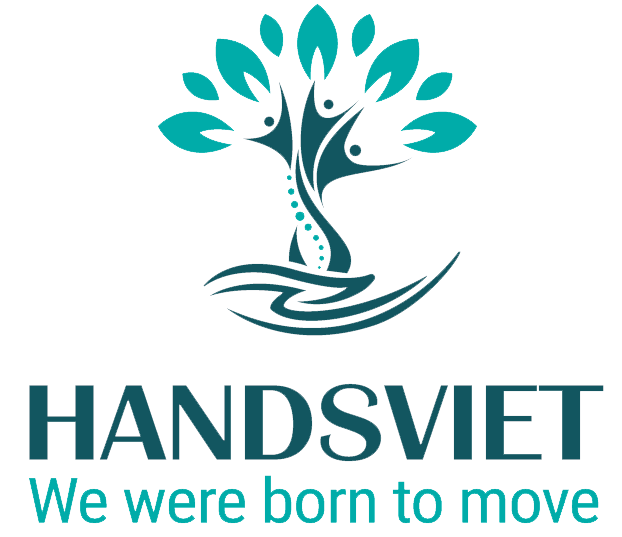Sport Therapy

You probably already know that physical therapy treats pain and helps you restore some movement functions. However, physical therapy has some more surprising uses. Let’s read the following article to find out more.
Physical therapy and rehabilitation are one
Sometimes you may see the word “physiotherapy”, but sometimes you will see the word “rehabilitation”. Do you think they are similar? Have you ever wondered if there is a relationship between them?
In fact, both have the same meaning, they refer to the same professsion.
You do not need a prescription from a doctor to practice physical therapy
You do not need permission from your doctor to participate in a physical therapy program. Sometimes, when you are examined after an accident or injury, your doctor may recommend physical therapy if you do not require surgery. Without advices of a doctor, you can still decide to join physiotherapy.
Physiotherapy has two main forms
Physical therapy does not just mean exercises. Physiotherapy includes many types and is classified into two main types: passive and active forms..
Passive physiotherapy is a form of physical therapy that doesn’t require you to exercise too much. Methods include the use of heat or cold therapy, massage, use of sound waves, chiropractic and massaging, or electrical stimulation…
Active physiotherapy is a form of physical therapy that includes specific exercises that force you to be on move . These exercises mainly focus on stretching and strengthening muscles, usually these exercises are only gentle. Stretching and strengthening exercises help you build stronger muscles, more support for injured areas. These gentle exercises help promote blood flow to accelerate the healing process. Exercises can be performed at home or at the health center with the help of therapists.
Physical therapy can include the generation of knowledge.
You may think that physical therapy includes only physical exercises or activities, or similar activities. In reality, however, physical therapy often includes both injury prevention education and training; instructions for using assistive devices such as crutches and wheelchairs; or show you how to complete daily activities. You can ask more about this when talking to physiotherapists, who will rely on your situation to give appropriate advices.
Physical therapy has many amazing benefits
Physiotherapy can be useful in many different fields such as:
- Wound care: physical therapy can help promote blood supply, accelerate the healing process;
- Caring for cancer patients: physiotherapists can help you if your cancer or cancer treatments limit your daily functions;
- Recovery after spinal surgery: after spinal surgery, physical therapy can be applied to help you recover faster, maintain spinal stability, regain strength, and relieve pain;
- Musculoskeletal problems: pain in muscles, tendons, ligaments, joints, bones;
- Stroke;
- Brain damaged.
In some cases, physical therapy is not recommended
Although physical therapy is effective, safe, and considered to be the first non-surgical treatment for pain relief, not everyone can benefit from this method. You should not practice physical therapy in some cases:
- You are pregnant and massage and stretching therapy can affect the abdomen;
- Other diseases with a contraindication to physical therapy. You may want to discuss this with your physiotherapist before deciding to join this practice;
- You have a broken bone or a tumor. Physiotherapy in some parts of the body can affect the healing process of broken bones and make tumors worse.
The physical therapists will be the one who program your treatment process
Who design your own physical therapy program? Who will perform the passive physical therapy methods with you? Who will help you perform the exercises correctly? That is your physical therapists.
The staff will talk with you about your symptoms, limitations and needs. They will then schedule a treatment for you. Your plan may include both active and passive physiotherapists. Physical therapy will help you reduce pain, swelling and restore mobility.
You may have heard of physiotherapy. However, you may not know that physical therapy has many things that surprise you.
Physical rehabilitation therapy combined with chiropractic (chiropractic) therapy is highly effective in the treatment, including: herniated disc syndrome, back pain, pain neck, spinal degeneration, rehabilitation after surgery, rehabilitation.

